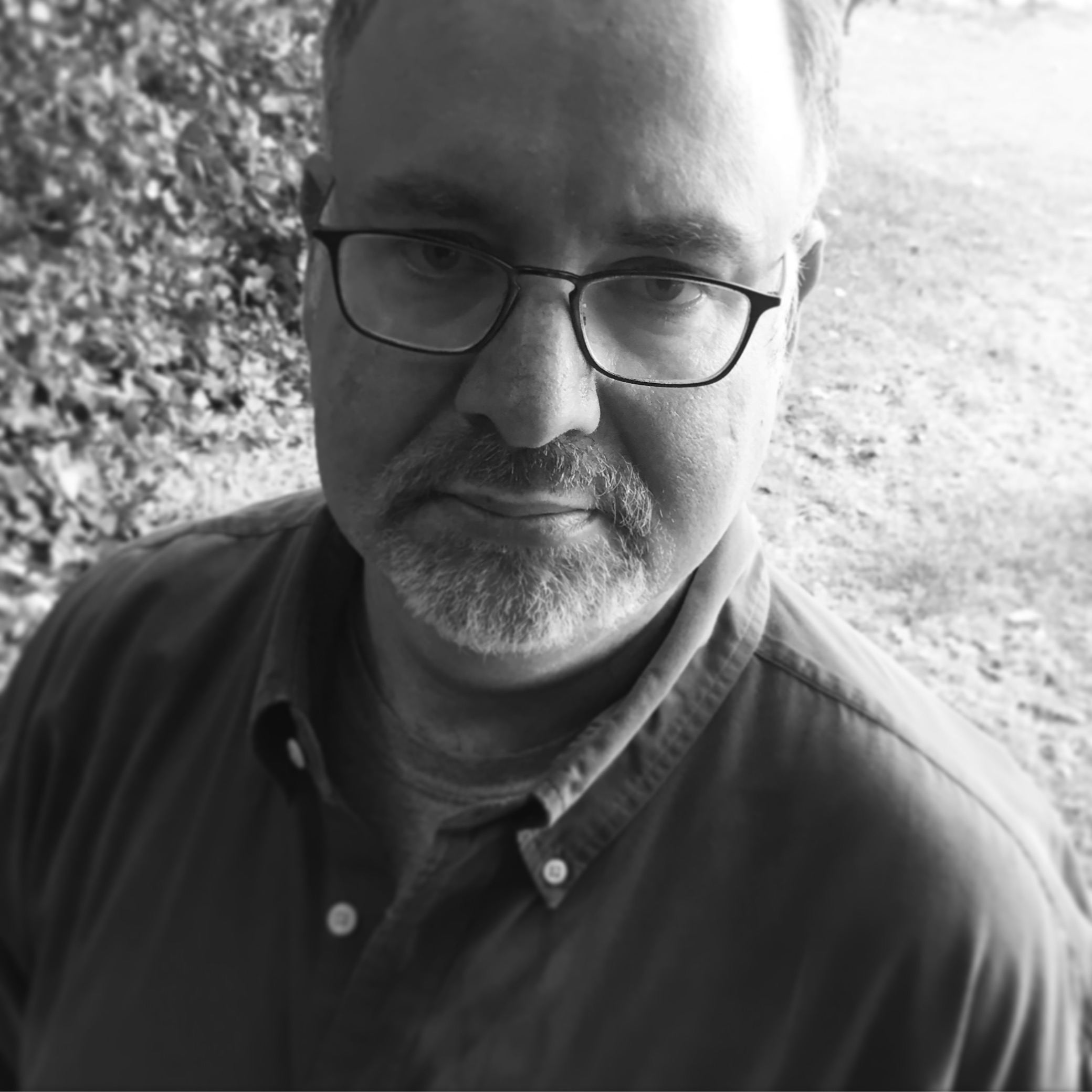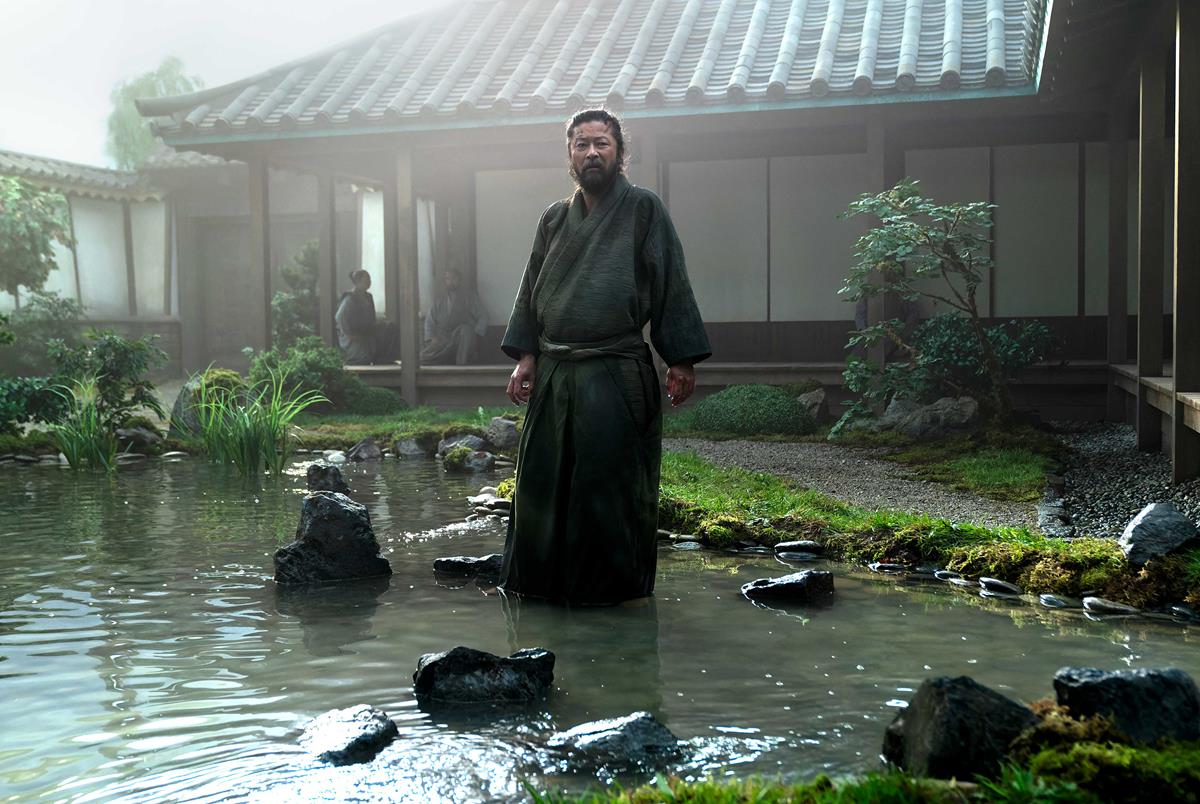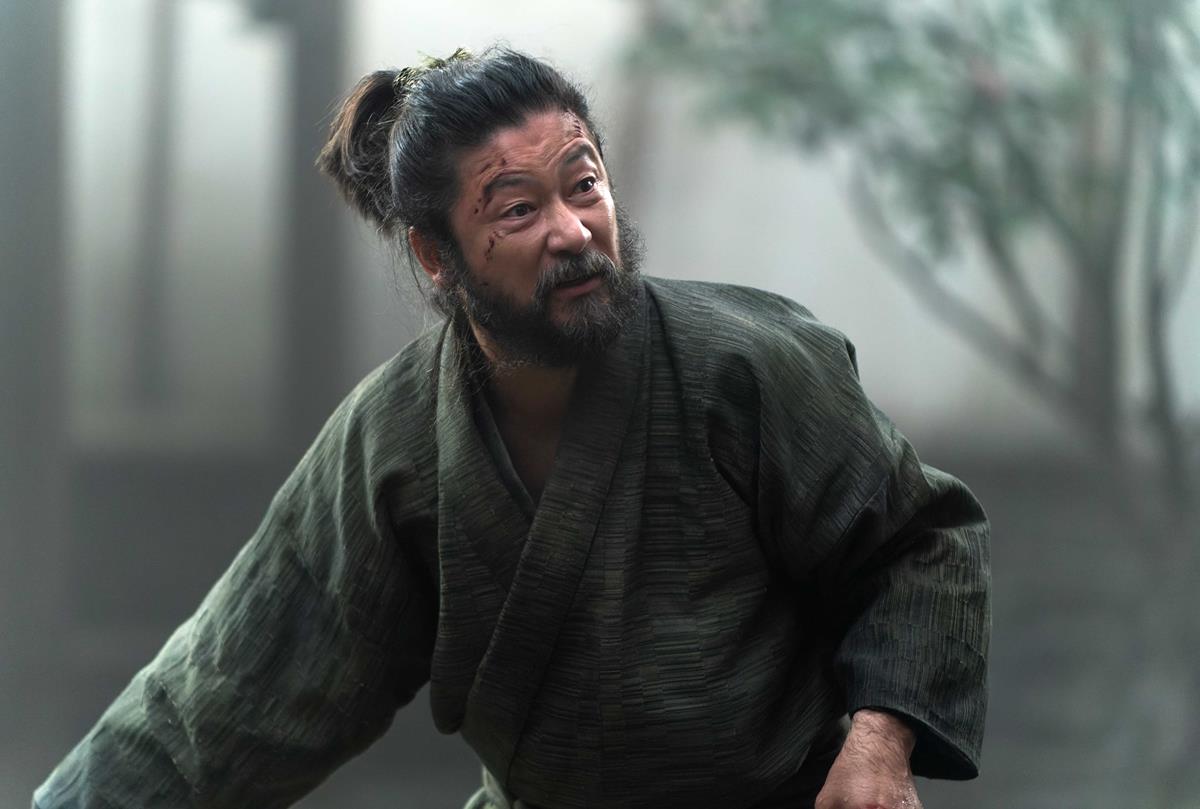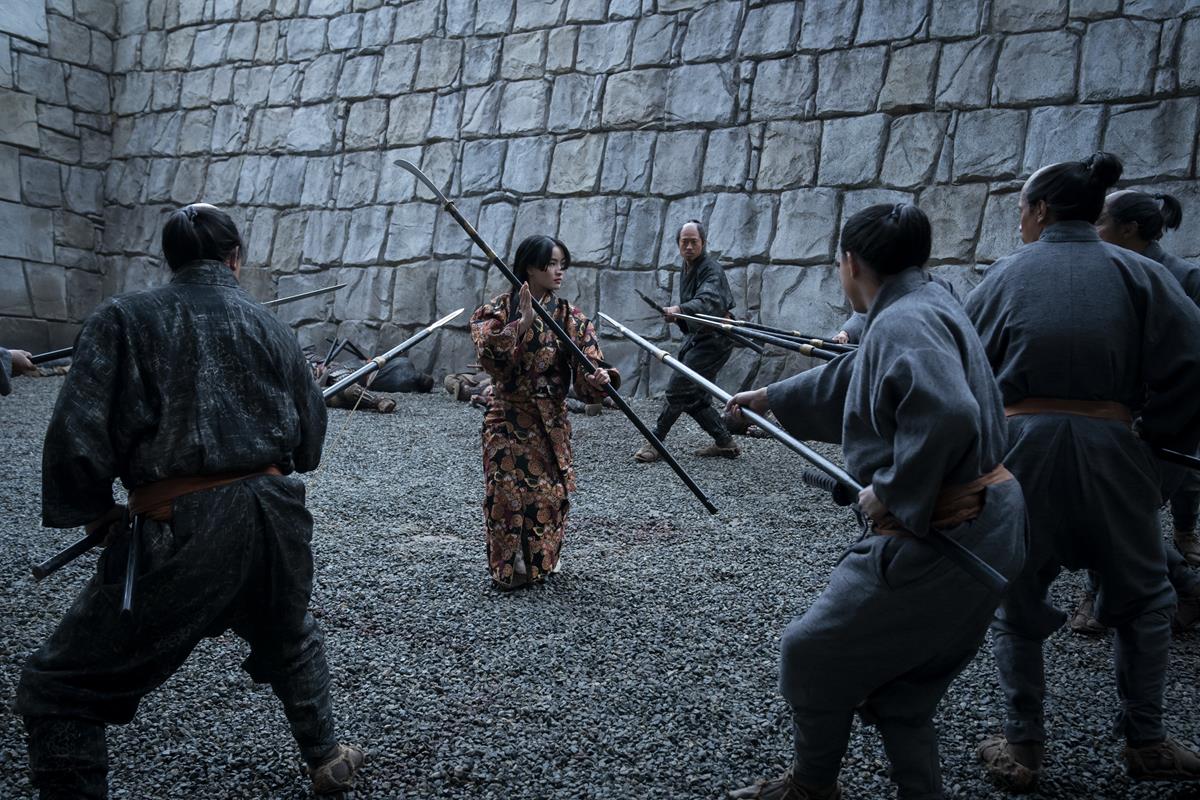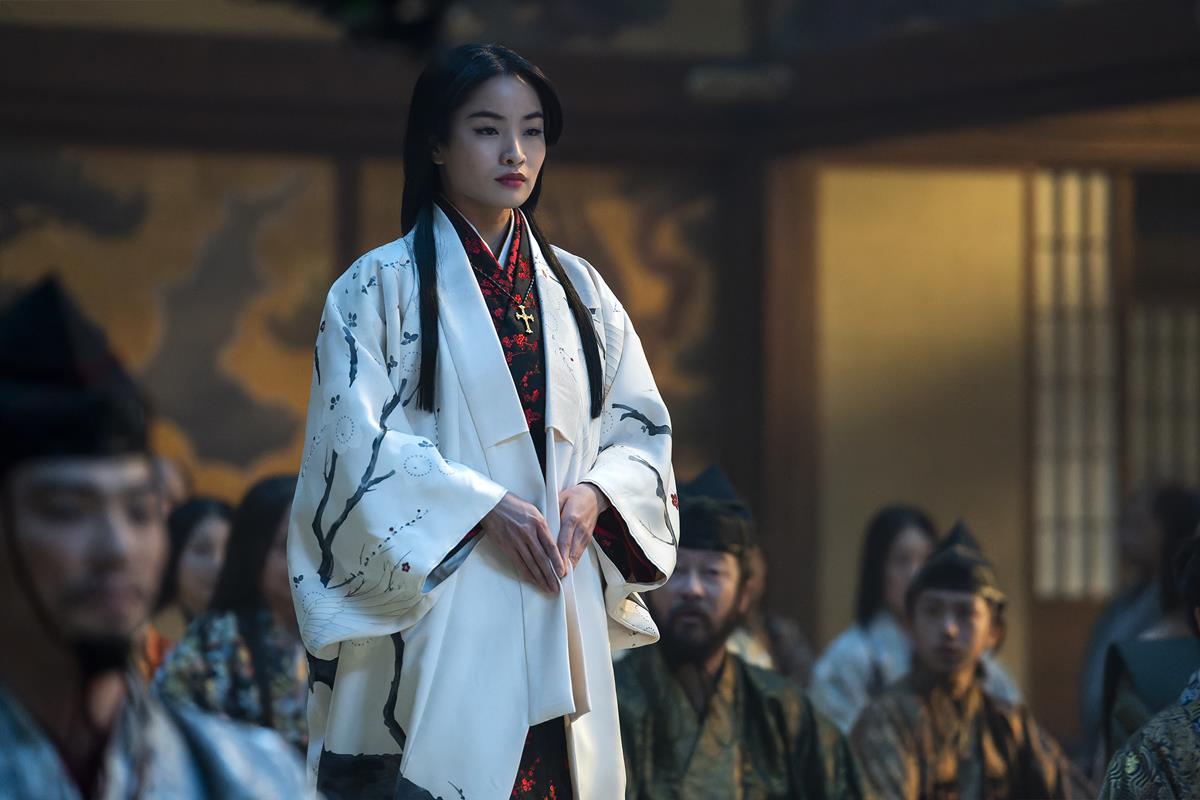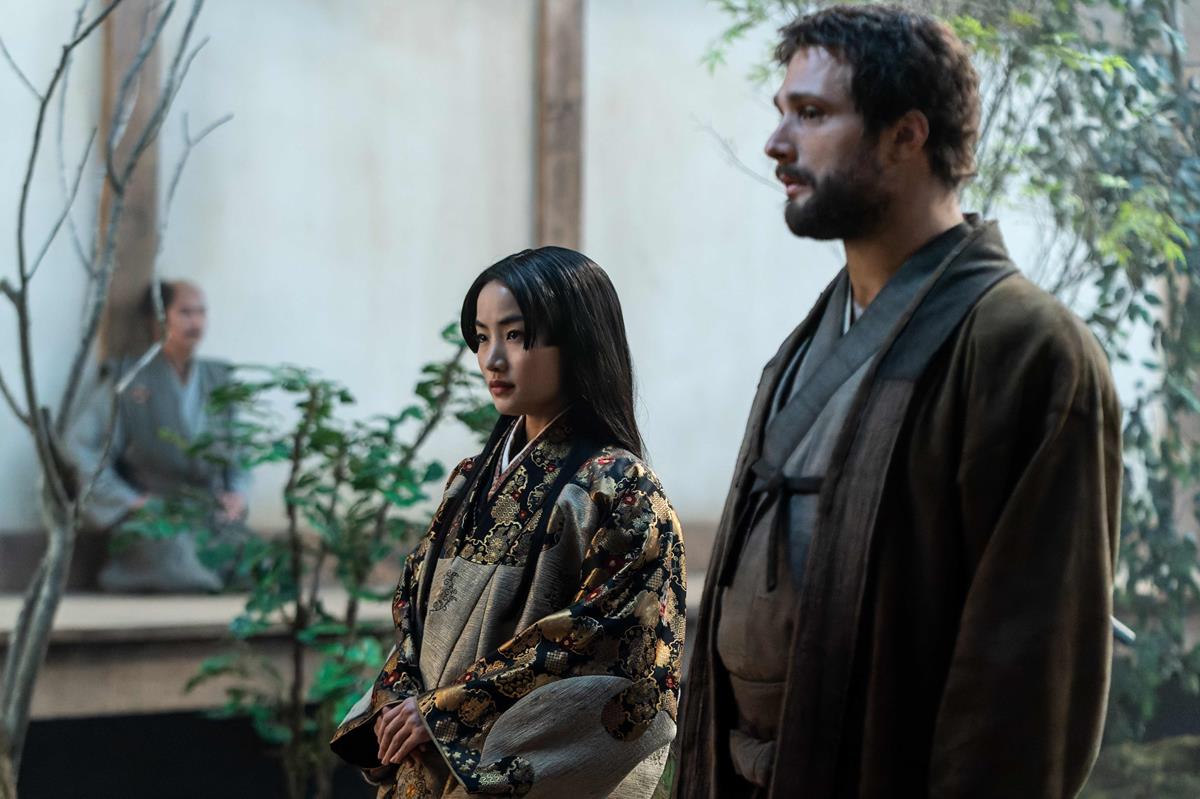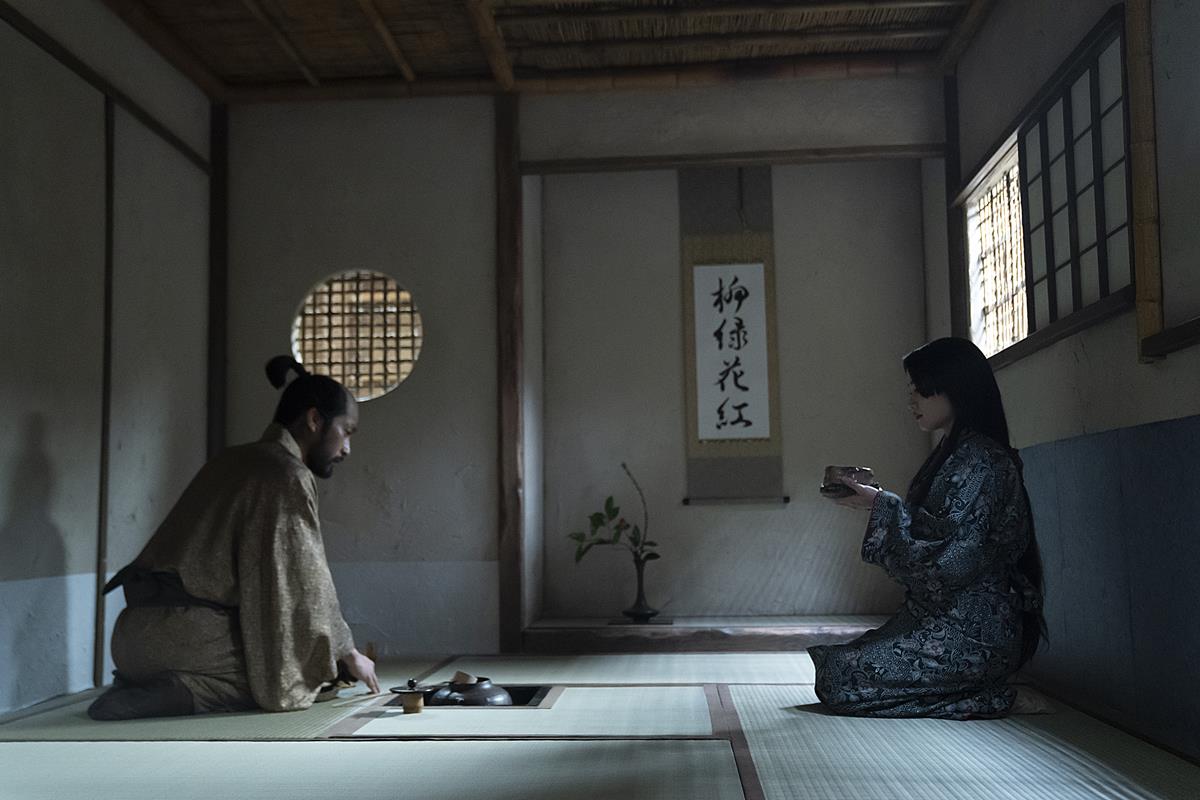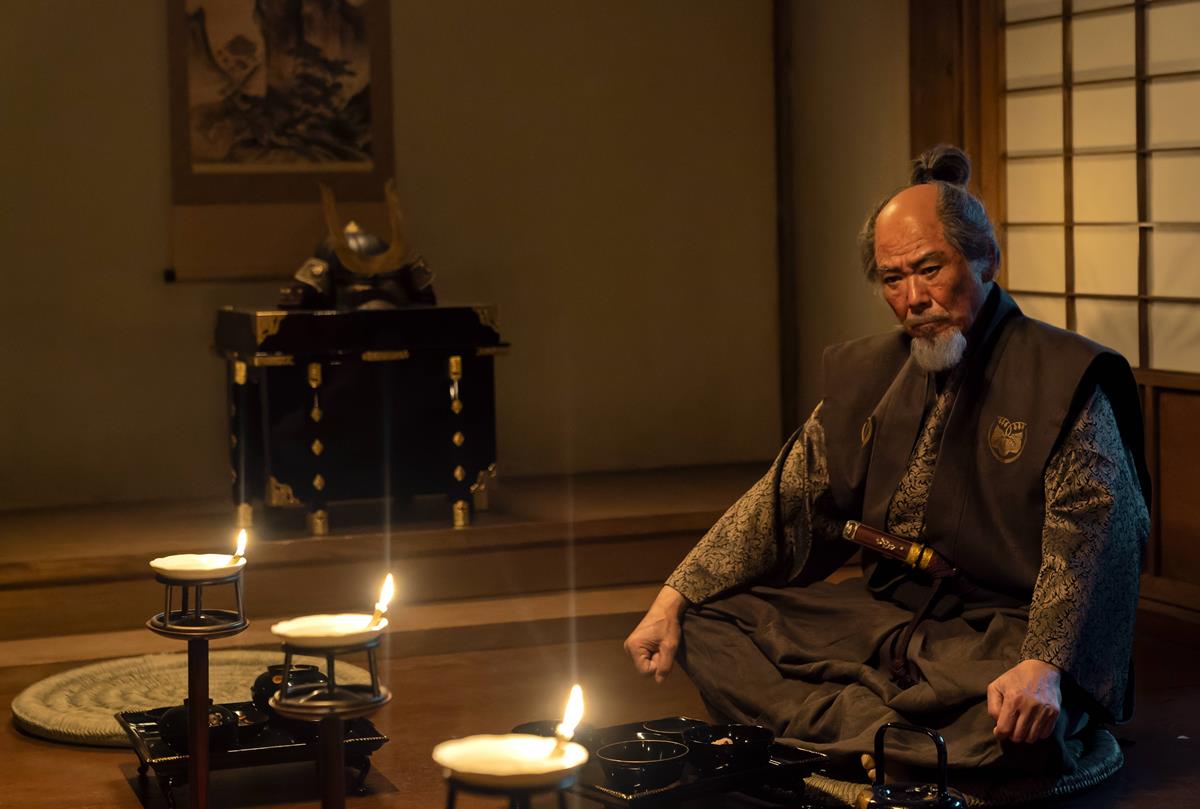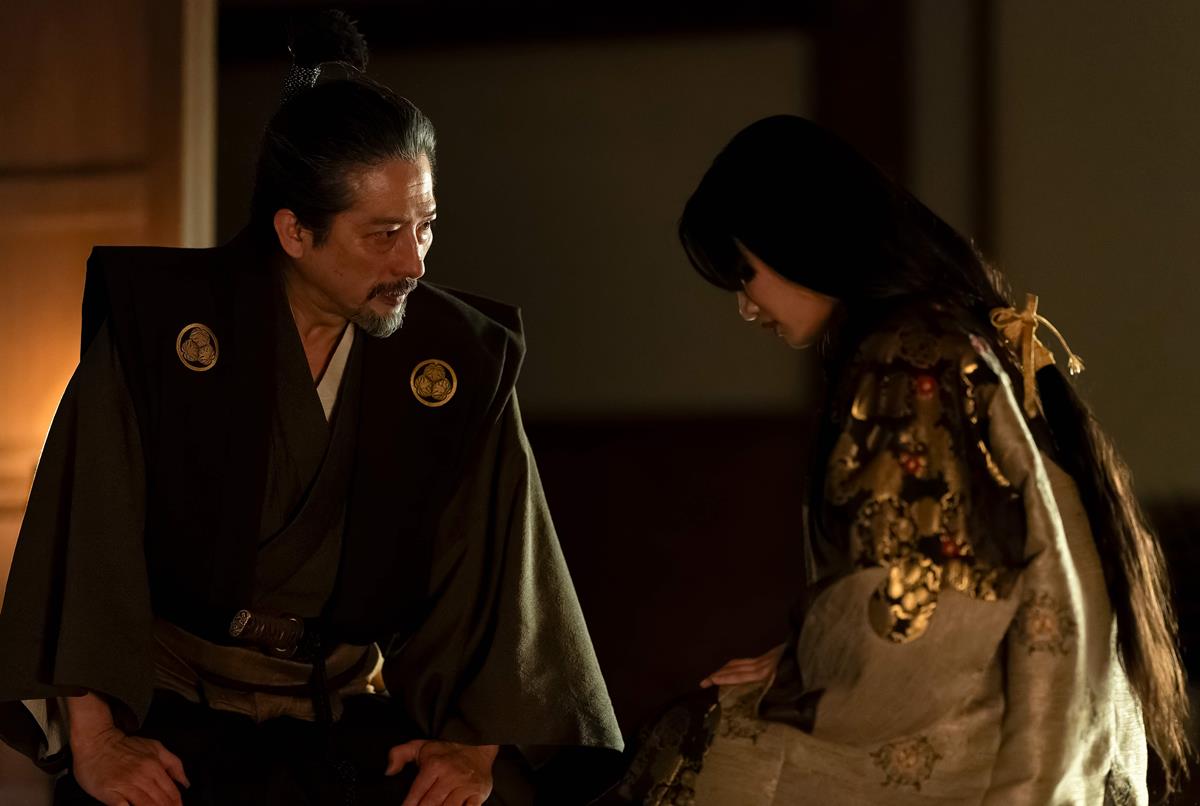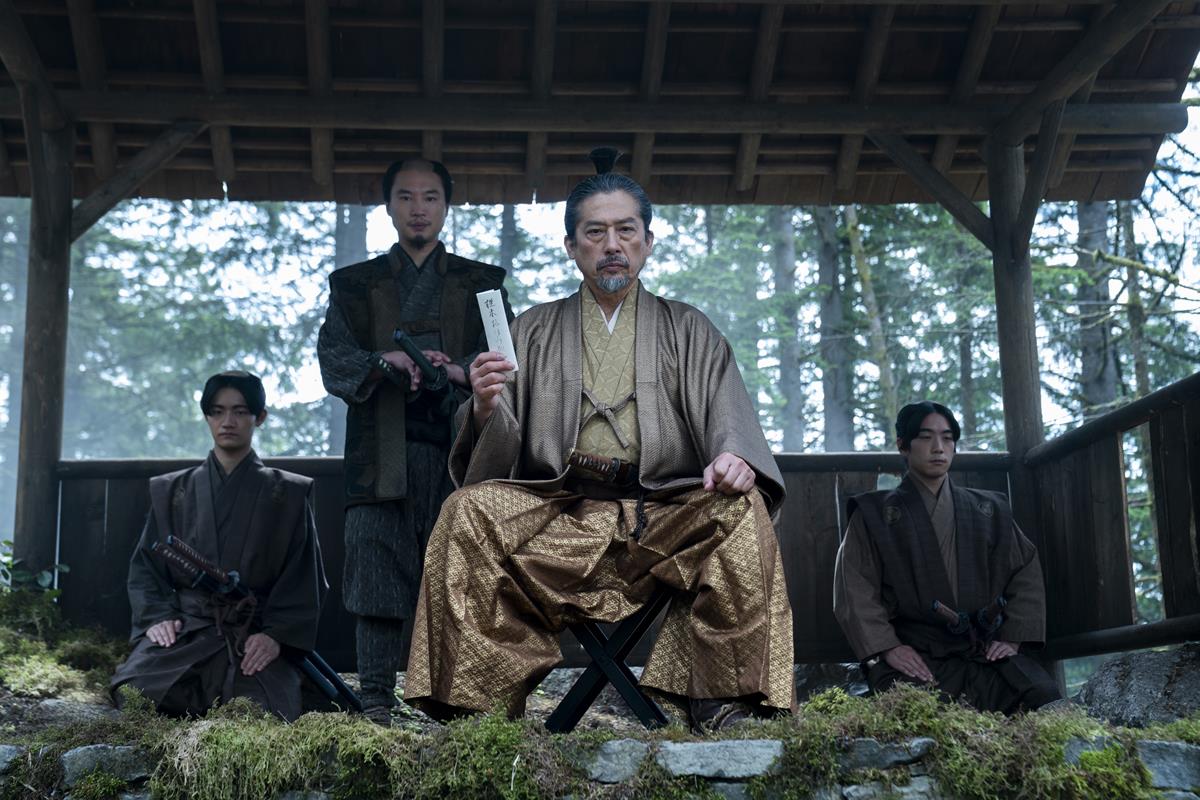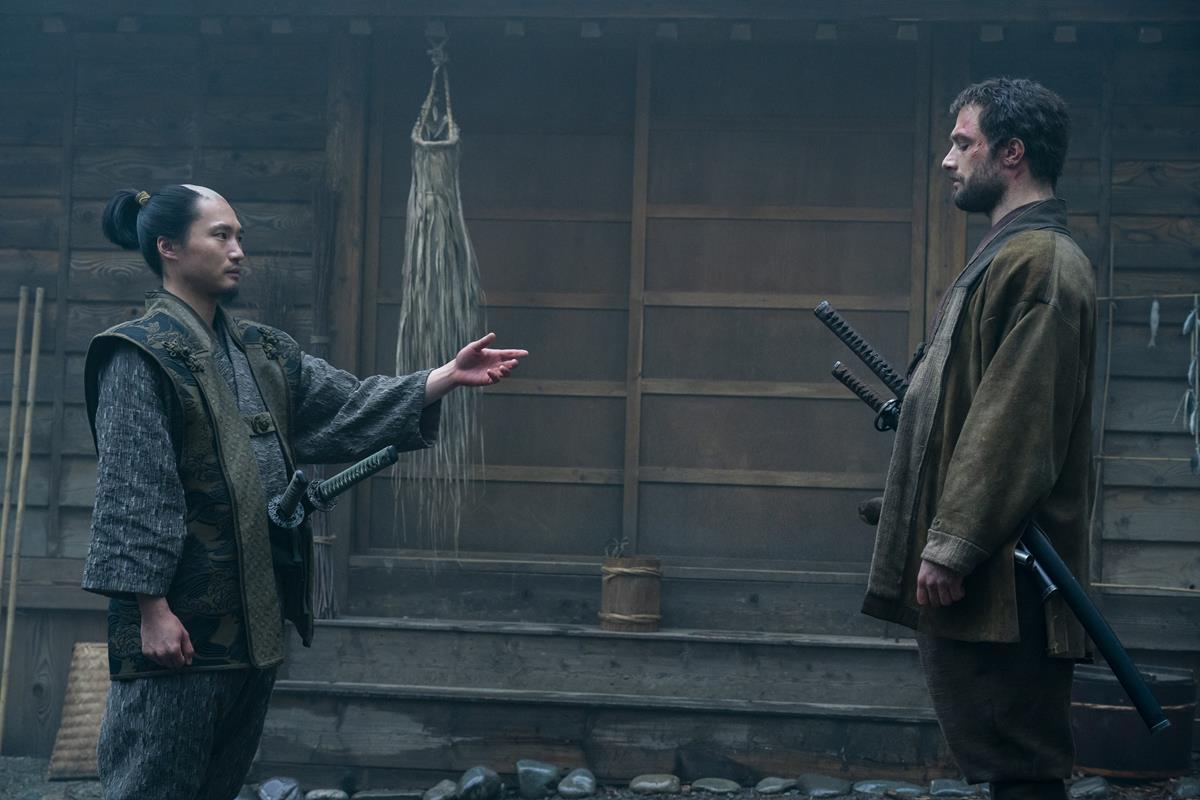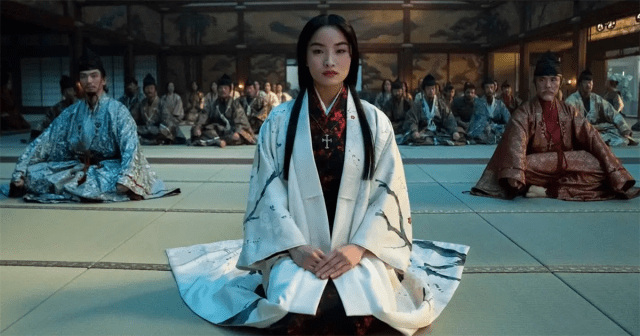
FX bet big on its adaptation of James Clavell’s Shōgun, and at least by some preliminary benchmarks that gamble has paid off.
Within a month of its premiere, the first episode of Shōgun clocked in with nine million streaming views globally, making it competitive with other FX hits The Bear and Fargo, per Patrick Brzeski at The Hollywood Reporter.
READ MORE: ‘Shogun’ Bosses Detail “Painstaking Process” to Re-Create Feudal Japan and Likelihood of Season 2 (The Hollywood Reporter)
That’s especially good news for a series that took 21 months and cost $25 million to make, as TheWrap’s Kayla Cobb reports.
READ MORE: How FX’s ‘Shogun’ Revolutionized ‘East-Meets-West’ Collaborations: ‘This Is Our History’ (TheWrap)
“We have never made a show on this scale before,” FX Content and FX Productions chairman John Landgraf stated in a behind-the-scenes look at the series from The Walt Disney Company (which owns FX, Hulu and Disney+ — all of which distribute the series).
The 10-episode series is set in Japan’s Sengoku period and stars Hiroyuki Sanad — who also served as a producer — as Lord Yoshii Toranaga; Cosmo Jarvis as English pilot “Anjin”-turned hatamoto John Blackthorne; and Anna Sawai as translator Toda Mariko.
According to Smithsonian magazine’s Meilan Solly, Clavell’s 1975 novel was loosely based on the true story of Englishman and adventurer William Adams, shōgun Tokugawa Ieyasu and Japanese noblewoman Hosokawa Gracia.
Both the novel and its 1980 television adaptation were told from a Western perspective, but the 2024 version helmed by Rachel Kondo and Justin Marks opts to use the Japanese viewpoint as the primary lens for shaping the storyline. Emphasizing Blackthorne’s role as the true other also meant that the majority of Shōgun’s dialogue is spoken in Japanese and subtitled in English.
“In this day and age where the reach of a television show is very global, we’re trying to scratch at something that isn’t being made specifically with one culture’s audience in mind,” Marks explained.
READ MORE: The Real History Behind FX’s ‘Shogun’ (Smithsonian magazine)
Writing for British Cinematographer, Adrian Pennington noted that “the 1980 NBC series starring Richard Chamberlain, based on James Clavell’s 1975 novel, was one of the first international TV experiences, a global hit that spawned miniseries like The Thorn Birds and North and South and a trend that continues to this day.”
Perhaps even more importantly, as Marks told Disney, they were cognizant of not “making the mistakes of previous Hollywood depictions of stories set in Japan.”
To achieve that ambition, Shōgun employed a multicultural team, consisting of “two full production crews: one in English and one in Japanese. We hired most of the cast out of Japan,” Landgraf explained on the Disney website. This helped to balance the view of the American showrunners and the source material’s iniquities.
READ MORE: Behind the Scenes of ‘Shōgun,’ FX’s Most Ambitious Production in History (The Walt Disney Company)
“The original series was very much a white savior story,” Christopher Ross, BSC told British Cinematographer. “Showrunner Justin Marks was very much of the opinion that the lens should be flipped and that the civilized Japanese feudal structure should look on this primitive pirate washed up on their shore as a savage. Our telling would be a Joseph Conrad Heart of Darkness story.”
Cameras and Lenses
To further bolster the production’s “nihon-rashisa” (which sounds a lot more elegant than “Japanese-ness”), Marks looked to the hallmarks of Jidaigeki, according to Ross. For example, Akira Kurosawa’s famous samurai films feature “long focal lengths and low camera positions, and an eclectic mix of cultural references,” he says.
READ MORE: Christopher Ross BSC / Shōgun (British Cinematographer)
Ross told Mark Dillon at American Cinematographer that he opted for the Sony VENICE in part because he “liked it combined with anamorphic lenses” — deployed effectively and frequently throughout the show — noting the way the VENICE handled highlights as another plus.
The production also utilized a Sony FX3 to serve as a crash camera and to fill out “nature inserts, architectural elements and some time-lapse material.”
In terms of glass, Ross explained that he “was drawn to the Hawk class-X anamorphics, particularly for the softness and the falloff of the wider lenses toward the edges of the frame. I thought that served Blackthorne’s first-person narrative well.”
Another consideration, achieving FX’s dual requirements of a 2.0:1 aspect ratio (no wider) with 4K footage, meant that Shōgun was shot in 6K and then cropped, according to Ross.
Believable Worldbuilding
In addition to the cast and crew, much of Shōgun’s success relied on effective and intensive production and set design.
More than one reviewer has compared Shōgun — favorably — to HBO’s Game of Thrones, noting how both shows were remarkably transportive, with one sending viewers across feudal Japan and the earlier meticulously crafting George R.R. Martin’s Westeros.
Despite the believability of Shōgun’s locations, the series was actually filmed in British Columbia, Dillon writes, both at Burnaby’s Mammoth Studios and on location in the region’s lush nature.
READ MORE: Shōgun: A Stranger in a Strange Land (American Cinematographer)

Why subscribe to The Angle?
Exclusive Insights: Get editorial roundups of the cutting-edge content that matters most.
Behind-the-Scenes Access: Peek behind the curtain with in-depth Q&As featuring industry experts and thought leaders.
Unparalleled Access: NAB Amplify is your digital hub for technology, trends, and insights unavailable anywhere else.
Join a community of professionals who are as passionate about the future of film, television, and digital storytelling as you are. Subscribe to The Angle today!

